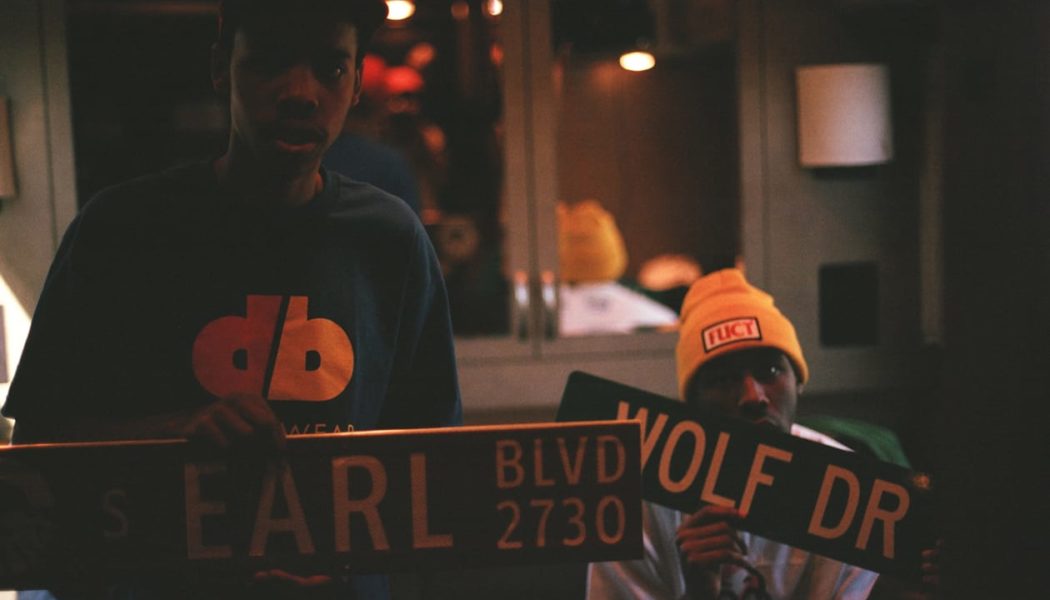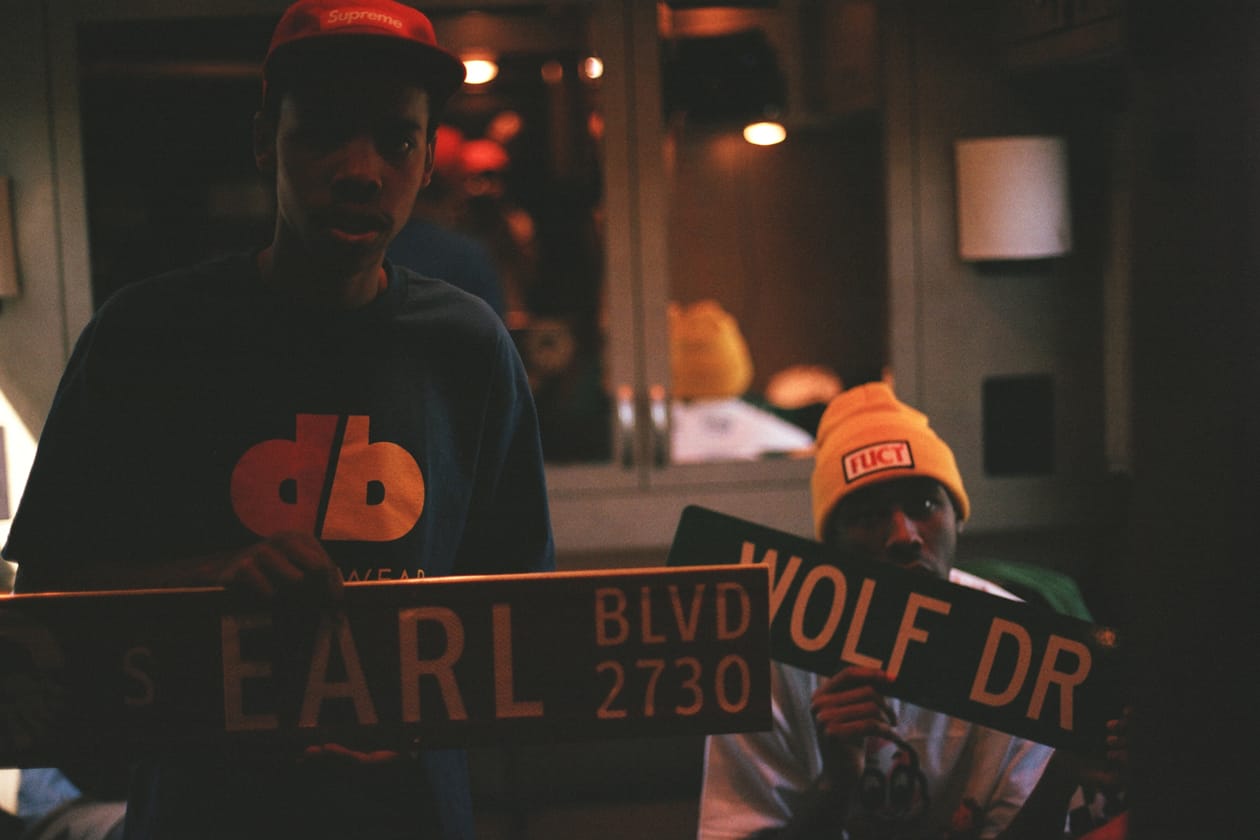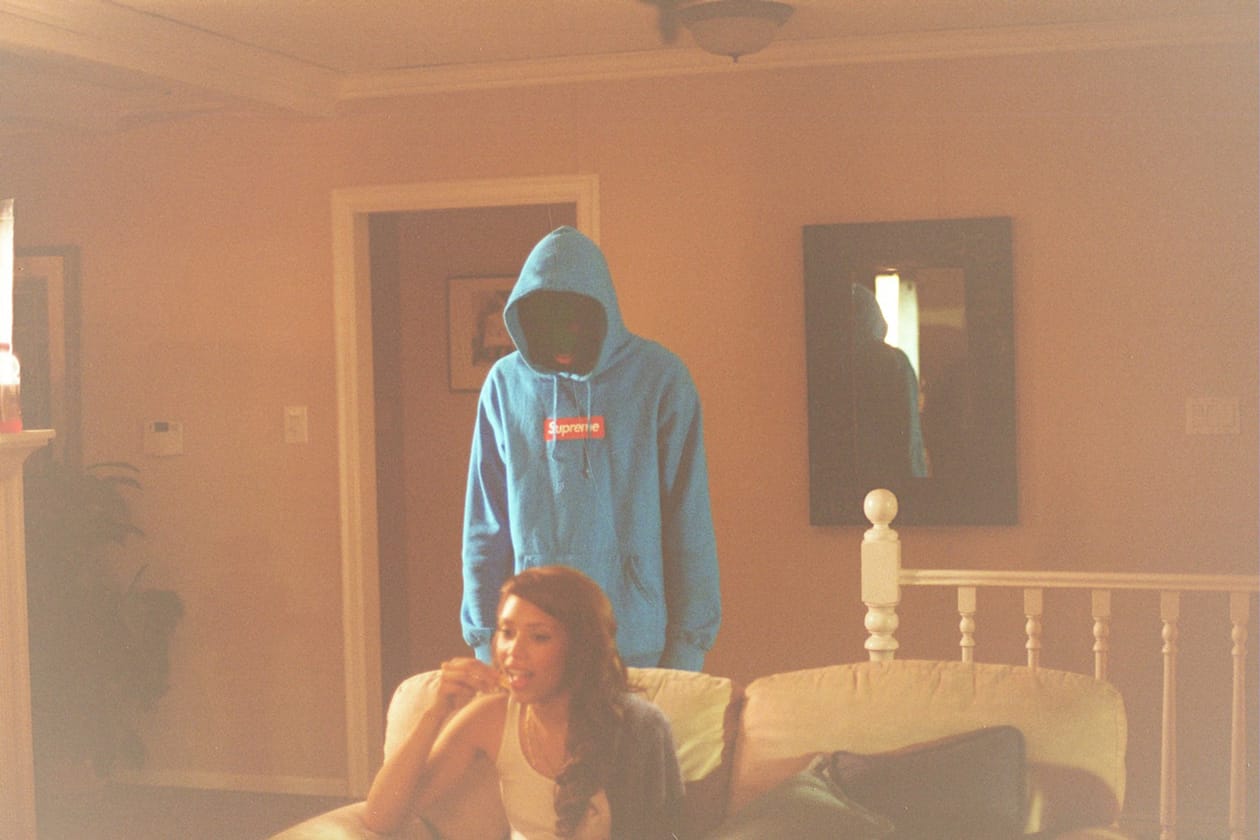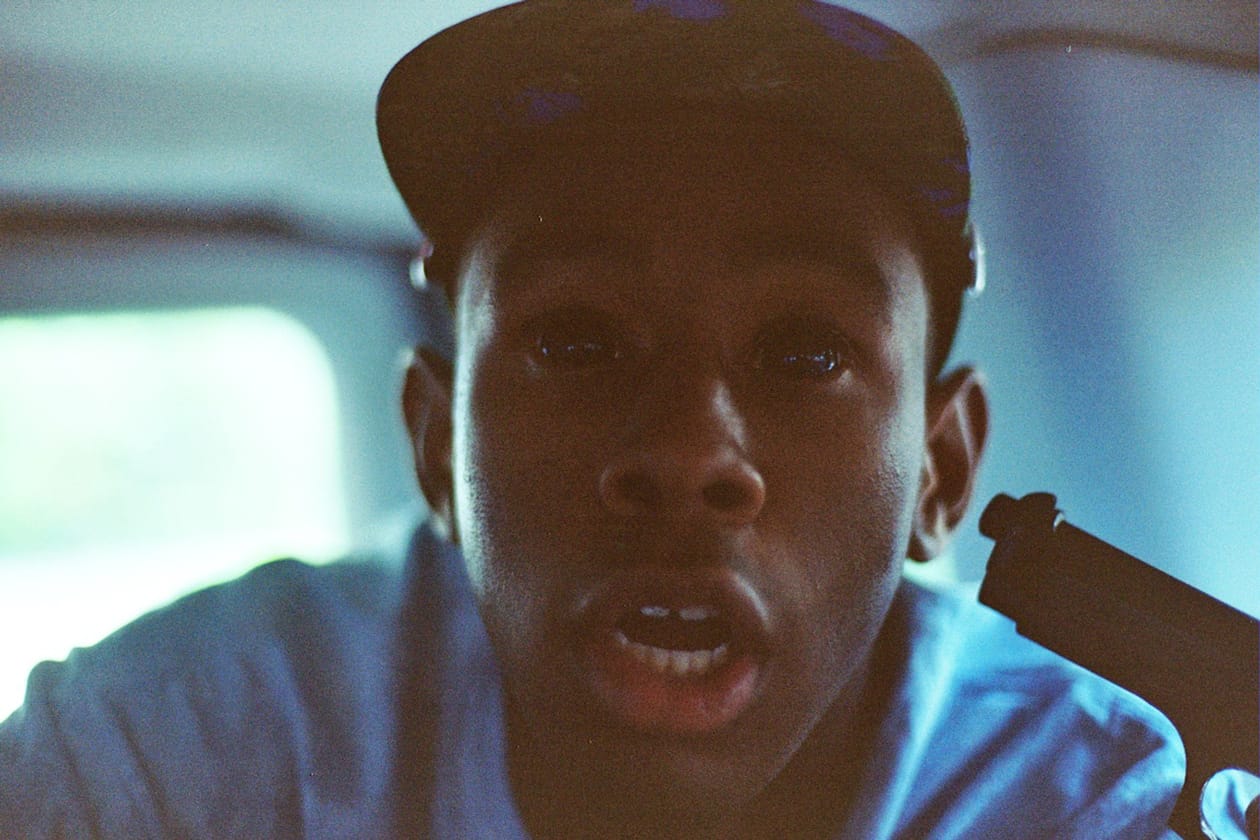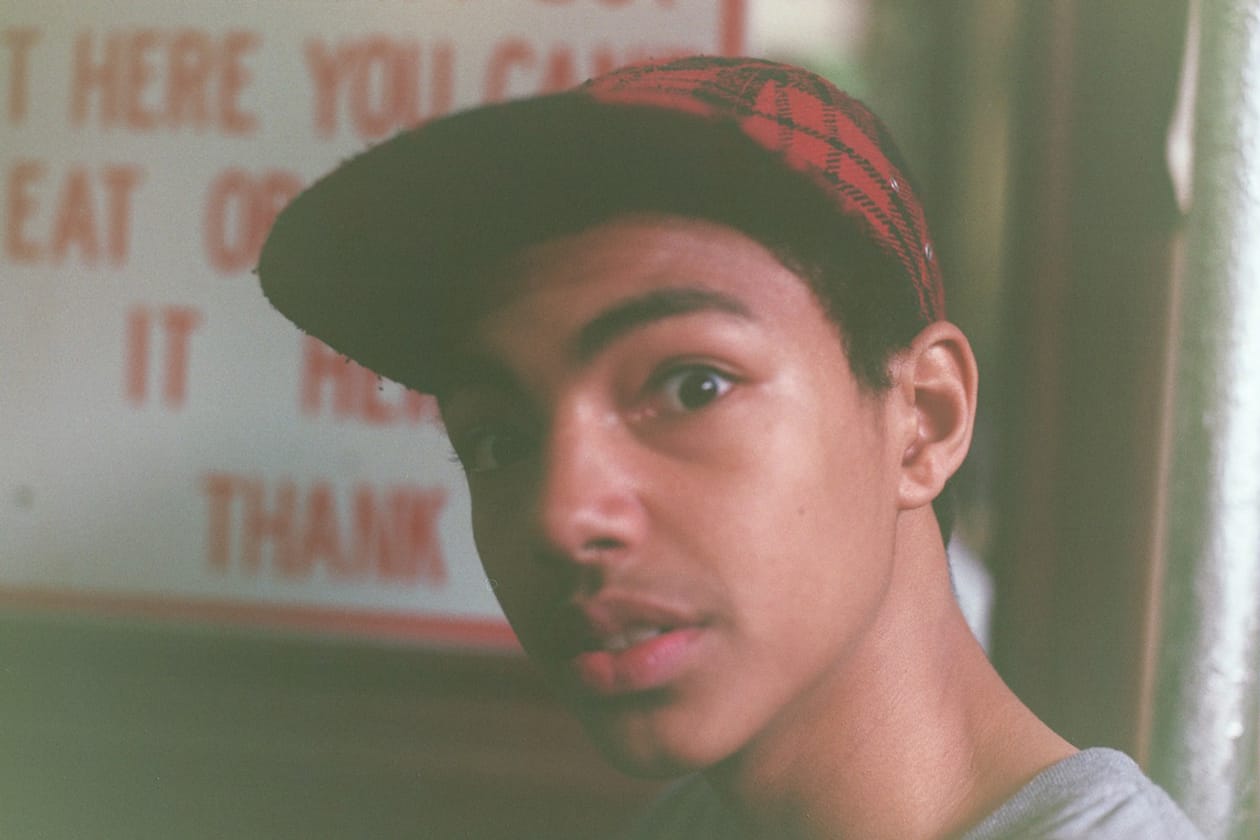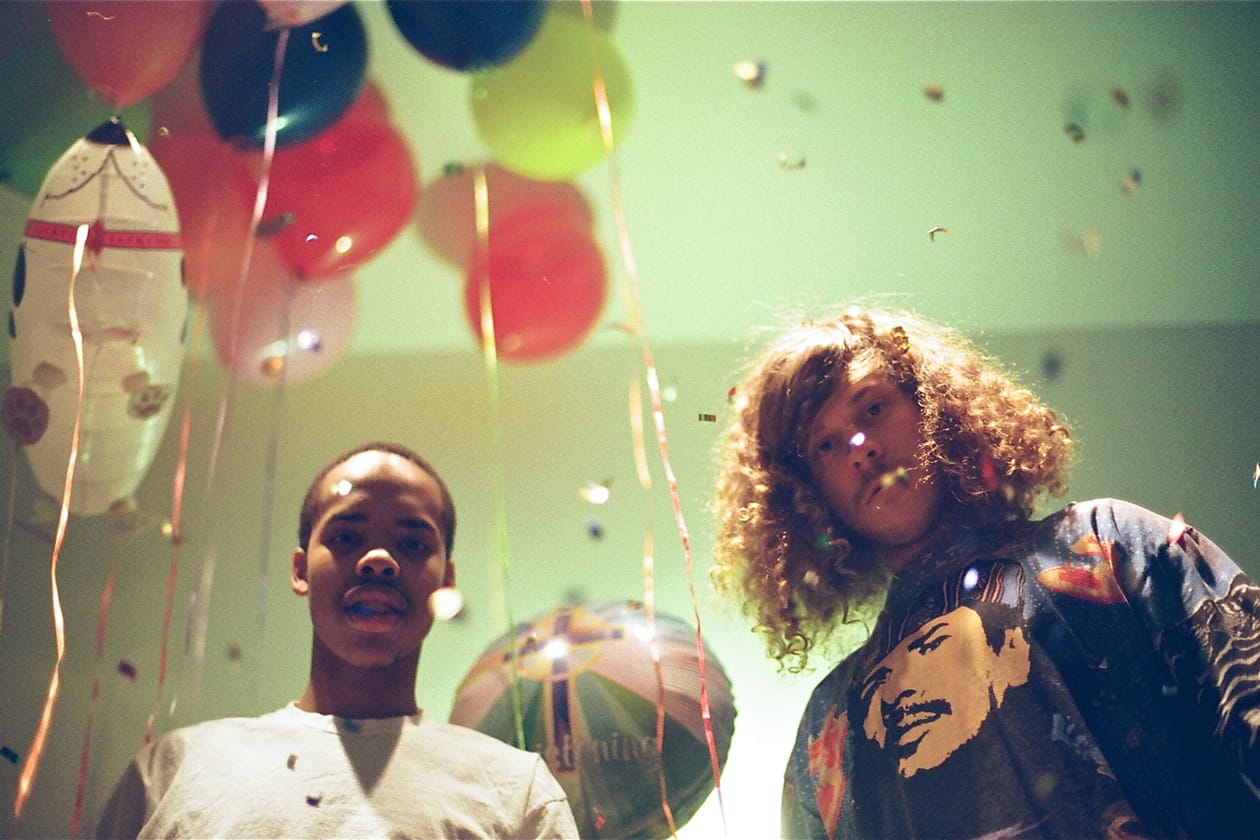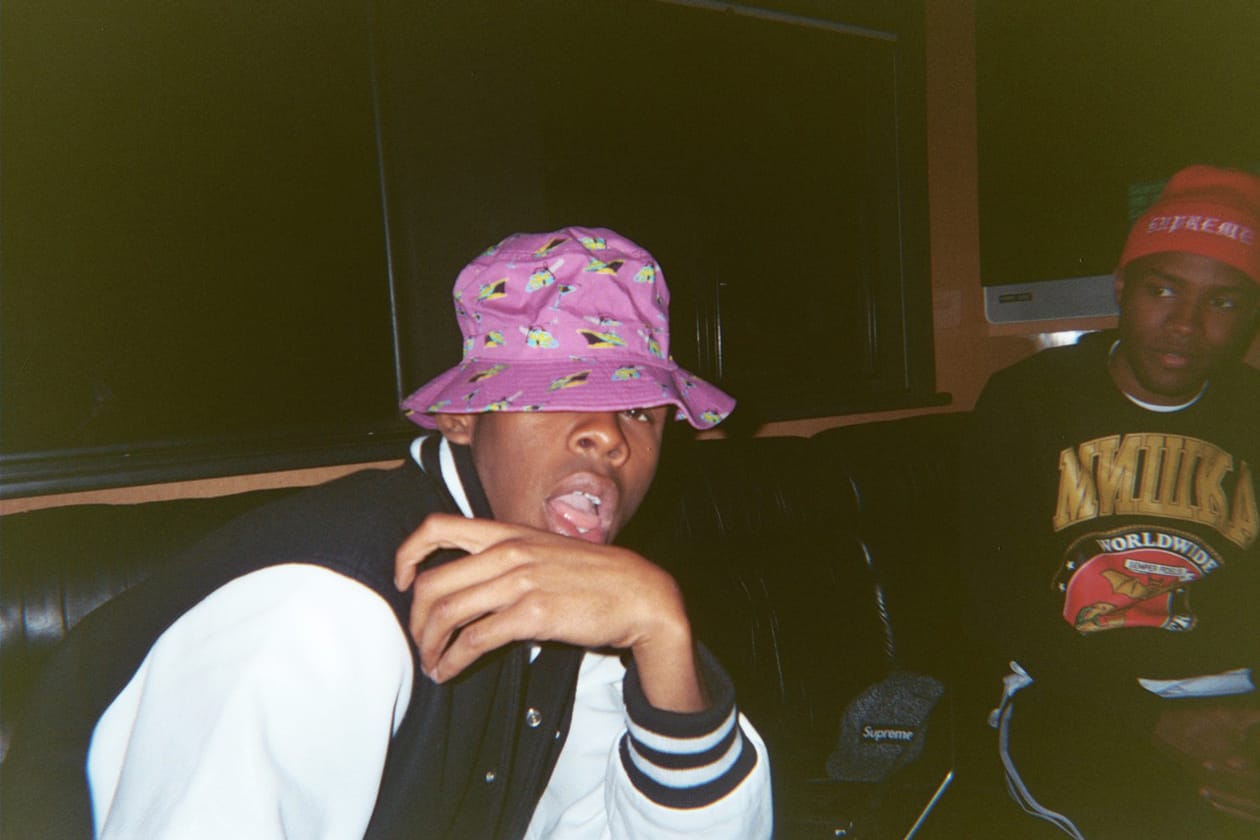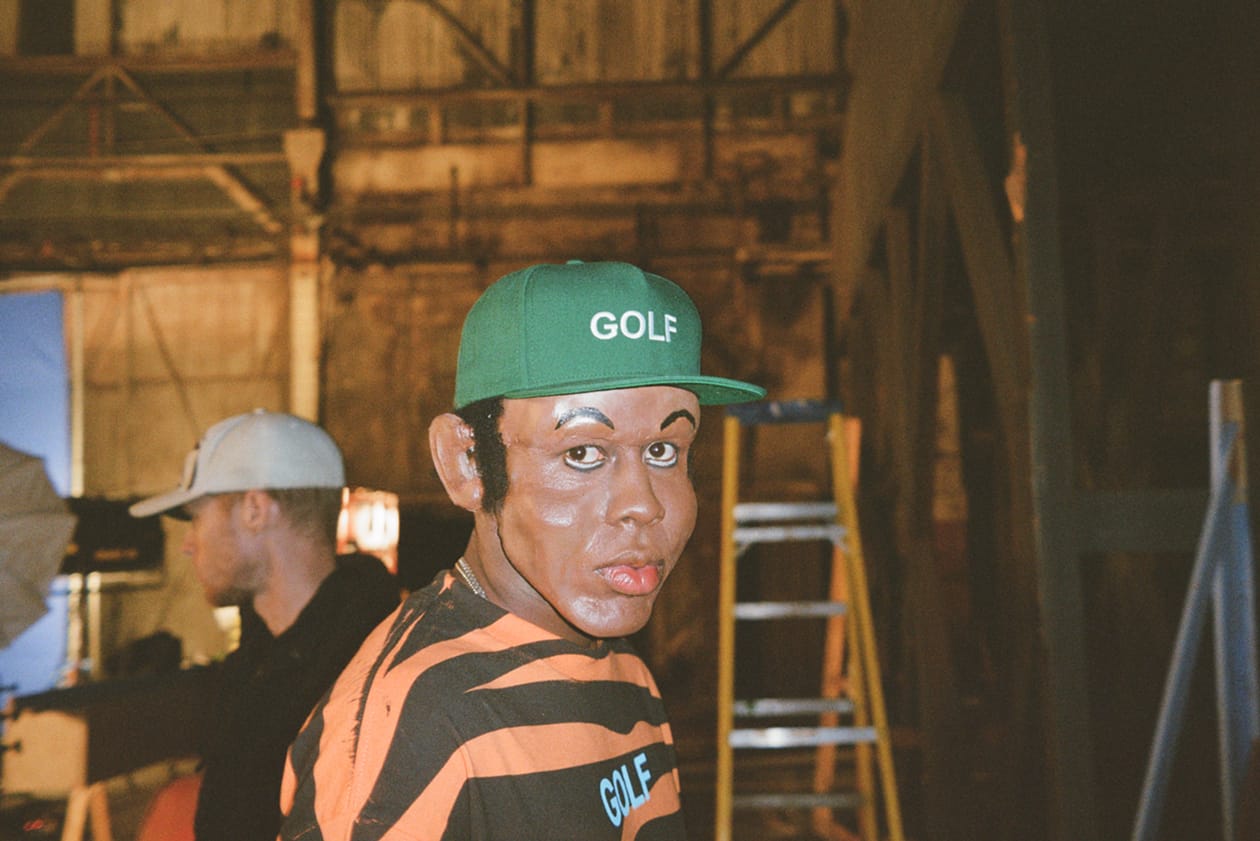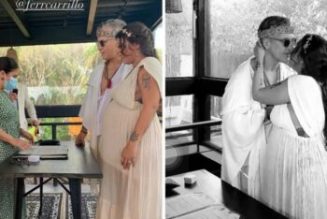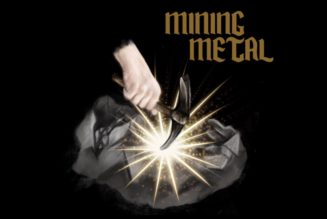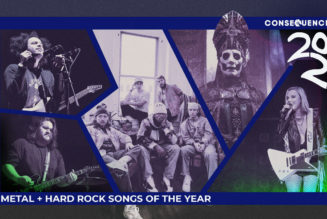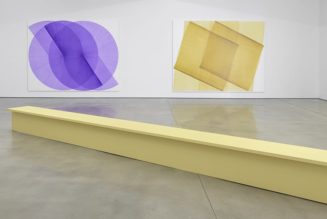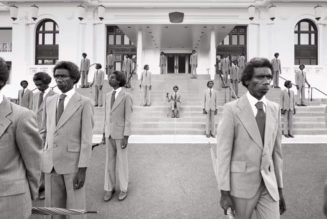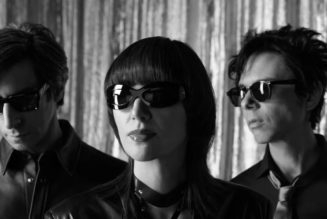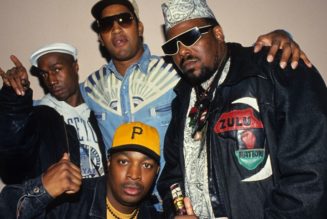Sagan Lockhart shoots photos like he skates: by trusting the process. It’s how he approaches most things in life, but it’s particularly key to his film photography. Instead of obsessing over photography’s technicalities, Lockhart prefers to immerse himself in his surroundings, picking up his camera to capture everyday moments in an intimate, honest style.
“The foundation of it all was just hanging out,” Lockhart puts it – a sentiment that shines through I Don’t Play, a visual diary of Odd Future’s come-up in the 2010 Los Angeles scene.
“At the end of the day, the Odd Future crew were all just kids who hung out on Fairfax. Everyone they knew hung out and skated around the block,” Lockhart says of the gang, including Tyler, the Creator, Frank Ocean and Earl Sweatshirt.
“And then Tyler dropped Goblin, and it became clear they couldn’t just chill like that anymore.”
As the group’s fame skyrocketed in 2011, Lockhart still looked to hone in on the everyday moments. “As soon as they forgot about me, I’d pick up the camera.”
Where does the title I Don’t Play come from?
The title is an Easter egg. One of my friends would always say “I don’t play” and I wanted to include something personal like that for the real homies.
What made you want to pursue photography?
Photography was my first passion outside of skateboarding, but I liked how it could still relate to the world of skateboarding. What I’ve always loved most about photography is the process. When I first started shooting on my BlackBerry, my favorite part was f*cking around with the settings and figuring out what worked for me. When I got my first camera, there was so much more to play around with and figure out. You’ve got like 24 exposures and you’re sort of just guessing what’s gonna look good, then you develop the film and wait to see. I love the entire process of shooting film.
How did you figure out the technicalities of photography and become more advanced in your craft?
I learned everything through the process of doing it — which is what I do with everything in life. I would leave my camera on some settings and go through a roll of film, go develop it, and be like, “Oh, that’s what that looks like.” I burned through a lot of film before finding the general settings I like to shoot on.
If you don’t mind sharing, what are those settings?
Most of the photos in this book were shot on a Canon 81. My aperture was pretty much left on 1.8 – maybe 2.8 but I never went above that. I still do that to this day. Shutter speed is generally around 125. Yeah, those are my settings. For anyone who wants the sauce, there it is.
Before pursuing photography full-time, you worked at The Hundreds and a handful of other Fairfax streetwear stores. How did the streetwear world influence your artistry and approach to photography?
Streetwear introduced me to so much because before that, all I did was skate, and then this streetwear thing came along. It was so intertwined with music and culture. It got my head outside of skateboarding just a little bit.
How did you ensure you were capturing the energy of Fairfax in your photography?
I wasn’t thinking about it too much at the time, but at the end of the day, all these people that blew up were just kids who hung out on Fairfax. Everyone they knew hung out and skated around the block. It was a very normal and friendly type of thing. And then Tyler dropped Goblin, and all of a sudden there’s this explosive reaction from the public. But, as that relates to the photos, the foundation of it all was just hanging out. We were all just friends.
“the foundation of it all was just hanging out. We were all just friends.”
What types of moments were you inclined to capture?
I always wanted to shoot normal stuff – not that the sh*t they were doing was normal, but I wanted to shoot the everyday stuff that people don’t get to see. I went to so many concerts where I didn’t shoot a single photo because that’s not something I’m trying to do. As soon as I would see them getting lost in whatever they’re doing in a good way, that’s when I’d get inclined to pick up my camera. These people are used to getting shot all the time. They’re used to posing and doing stuff on camera. But the moment when Tyler and Frank are freestyling funny stuff to each other and not paying attention to anyone else, that’s the moment I like. As soon as they forgot about me, that’s when I’d pick up the camera.
How did Odd Future’s fame impact your approach?
It all happened very quickly and it was clear they couldn’t just hang out on Fairfax anymore. They couldn’t chill like that anymore. There was no middle point for Thebe [Earl Sweatshirt] especially. He was just making music one day and then his family sent him to Samoa for bad behavior and when he came back home, he was famous. He was still a kid. He had just turned 18 and I could tell immediately being thrown into this didn’t make him the happiest.
Are there any anecdotes behind specific photos in the book?
Honestly, a lot of the photos just happened. There’s one photo of Thebe that stands out to me, though. It’s kind of blurry and dark. He’s got his headphones on and he’s wearing a Phillies jersey. That was so early in his career. It was before he’d even released his first project, and we all went to New York City and lived in Tribeca for a month in an apartment with no furniture. He’s just sitting there working on instrumentals and mixing tracks for his first project. I look at that photo and think about his trajectory and him trying to navigate being a kid who’s become a superstar. I don’t even have the book in front of me and I can see it so clearly. I think that says something.
What are your thoughts on the current state of street and skate photography?
Skate photography feels a bit stale to me now. Sh*t just used to be more fun. I look at old Thrasher and TransWorld magazines and feel inspired. Not to sound like an old head, but people would make happy mistakes and it would end up being more of a fun vibe. As for street photography, the iPhone really changed everything. Trends are such a thing now. I never want to give into the trends too much.
Grab a copy of ‘I Don’t Play’ now at Sagan Lockhart’s official webstore.
